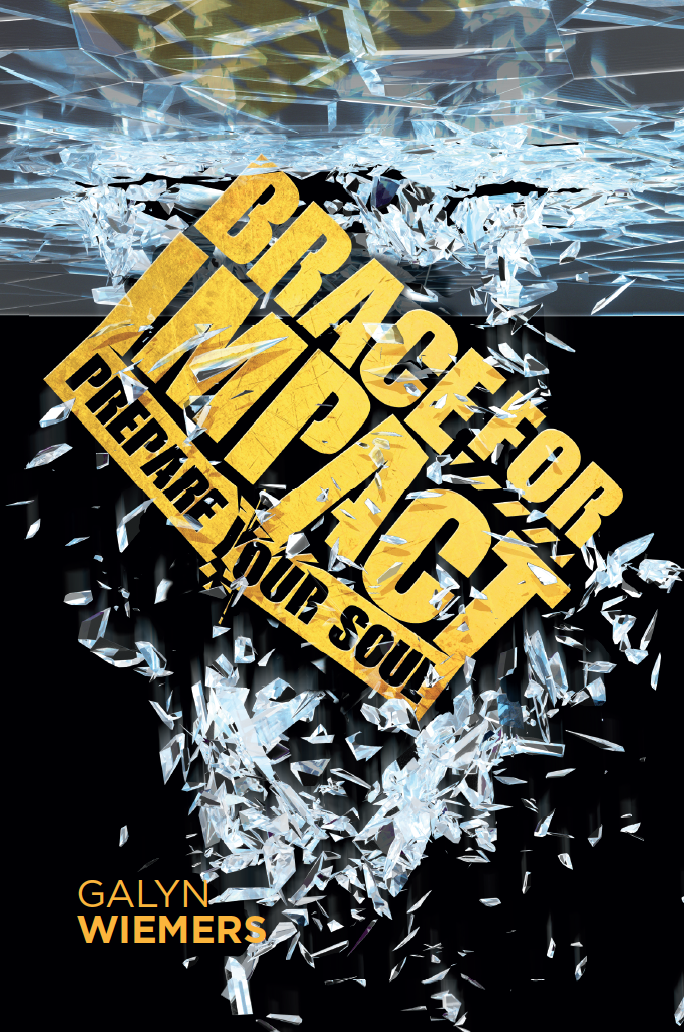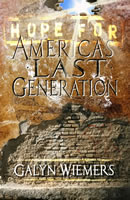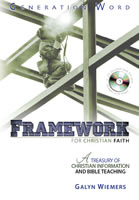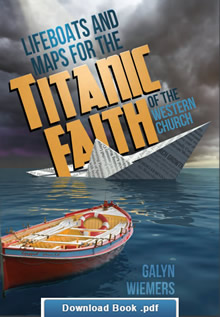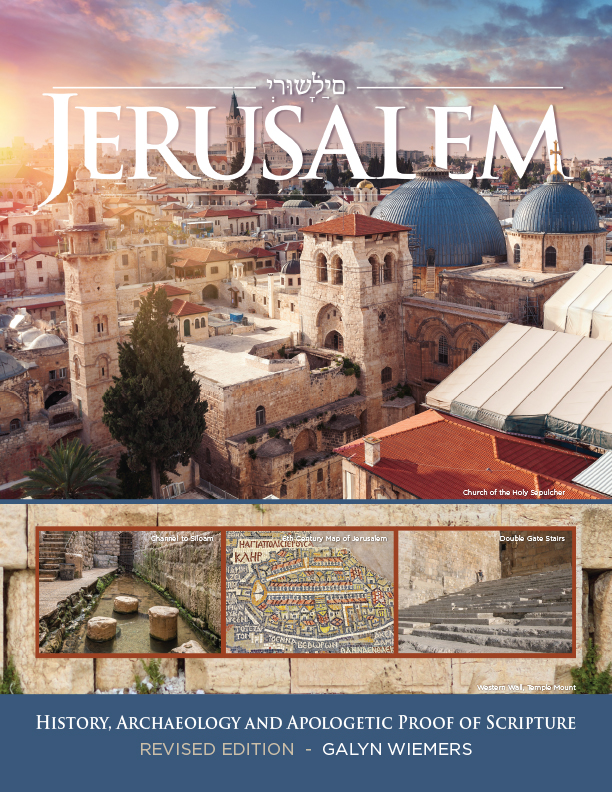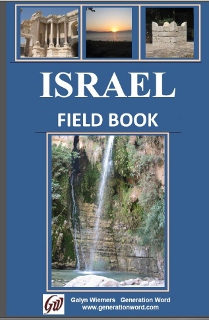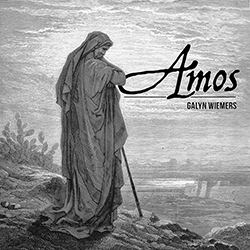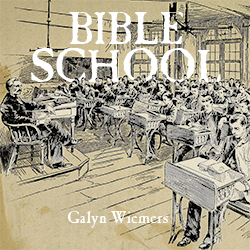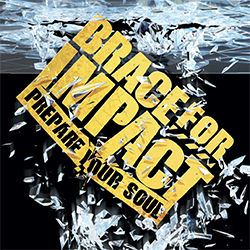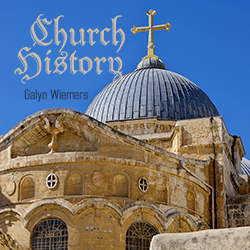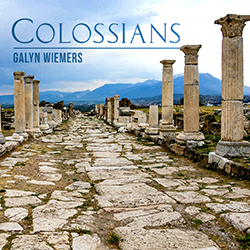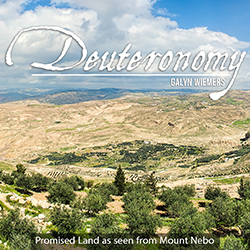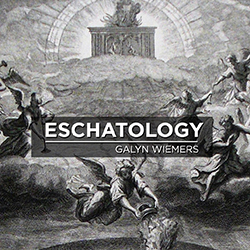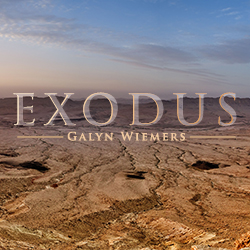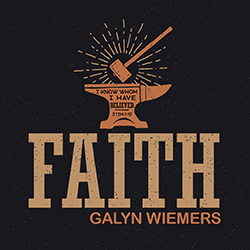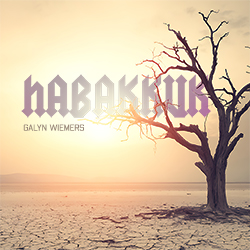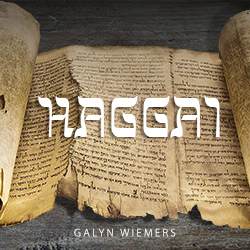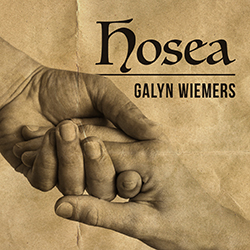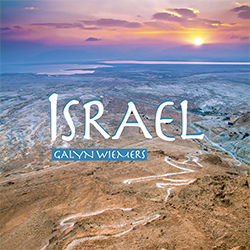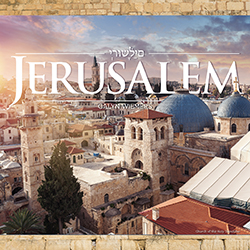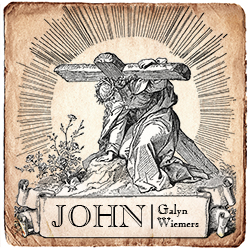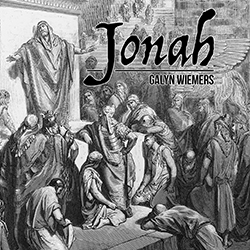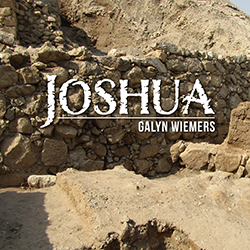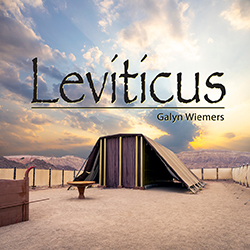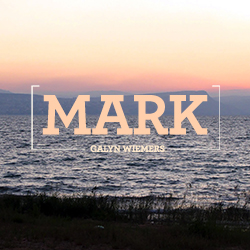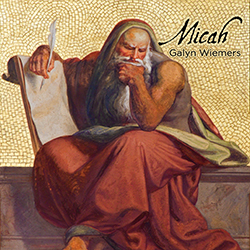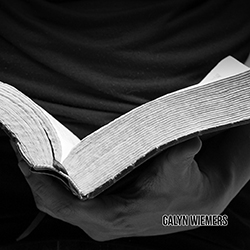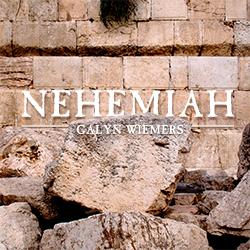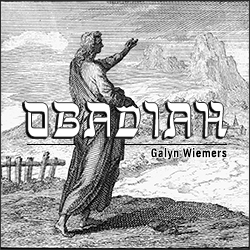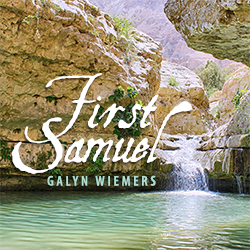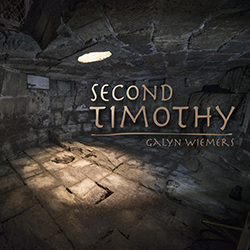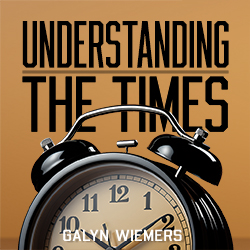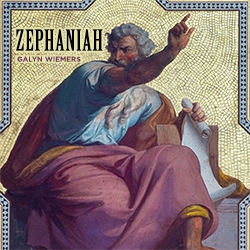
Bethany
by Galyn Wiemers, Generation Word
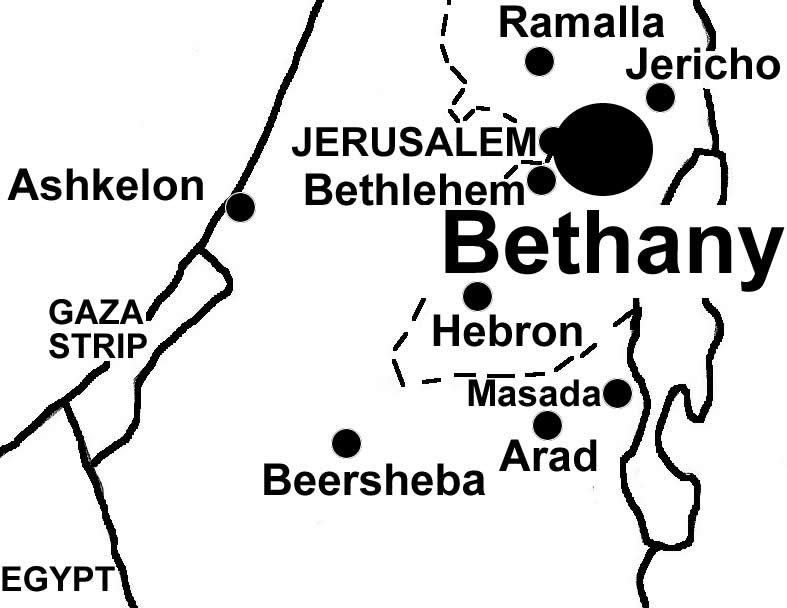
Bethany in the Bible:
John 11:1, Mary, Martha and Lazarus lived in Bethany;
Matthew 26:6-13, John 12:1-8, Jesus is anointed by Mary at the house of Simon the leper;
Mark 11:1-11, Disciples get Jesus a donkey between Bethany and Bethphage;
Matthew 21:18, Jesus curses fig tree near here;
Luke 24:50-53, Jesus ascends to heaven from the mount of Lives near “the vicinity of Bethany.”
Bethany is a village on the southeast slope of the Mount of Olives. There are several places named Bethany including the site where John the Baptist baptized on the other side of the Jordan to the east. This Bethany is 2 miles east of Jerusalem. Jesus stayed here in Bethany when visiting Jerusalem (Mt.21:17; Mk.11:11; Lk.10:38) at the home of Mary, Martha and Lazarus.
Today Bethany is a Muslim and Christian Arab village of about 3,600 people. In the Old Testament it is called Ananiah (Nehemiah 11:32) in the land of Benjamin, but is called “Beth Ananiah”, or “Bethany” in the New Testament. Eusebius the church historian from around 350 AD and the Bordeaux pilgrim who visited Jerusalem in 333 AD mention the tomb of Lazarus. This site was called the Lazariuim by Egeria, the pilgrim, in 381 when she wrote:
“At 1:00 everyone arrives at the Lazarium, which is Bethany... by the time they arrive there, so many people have collected that they fill not only the Lazarium itself, but all the fields around.”
In 490 Jerome visited the Lazarium which was later destroyed by an earthquake, but replaced by a church before 518 which survived until the Crusaders. In 1143 the Crusader King Fulk built a convent and repaired the old church left from 500 AD and added a new west church. When the Crusaders fell in 1187 the West church was destroyed, but the tomb and the barrel vault that held the tomb survived. The old church from 500 AD was damaged but survived. Greek monks are reported to be seen taking care of the tomb/chapel in 1347. A mosque was built on the site in 1384, and in 1500’s a mosque was built in the vault where the tomb was located. Christians cut a new entrance into the vault to access the tomb at this time. In 1952 a new church was built over the old 500 AD church. This new church covers the west end of the 500 AD church where some of the original mosaic floor is seen and part of the west façade with its 3 doorways. Part of the apse of the Lazarium can still be seen beneath trap doors.
Generation Word Provides:

